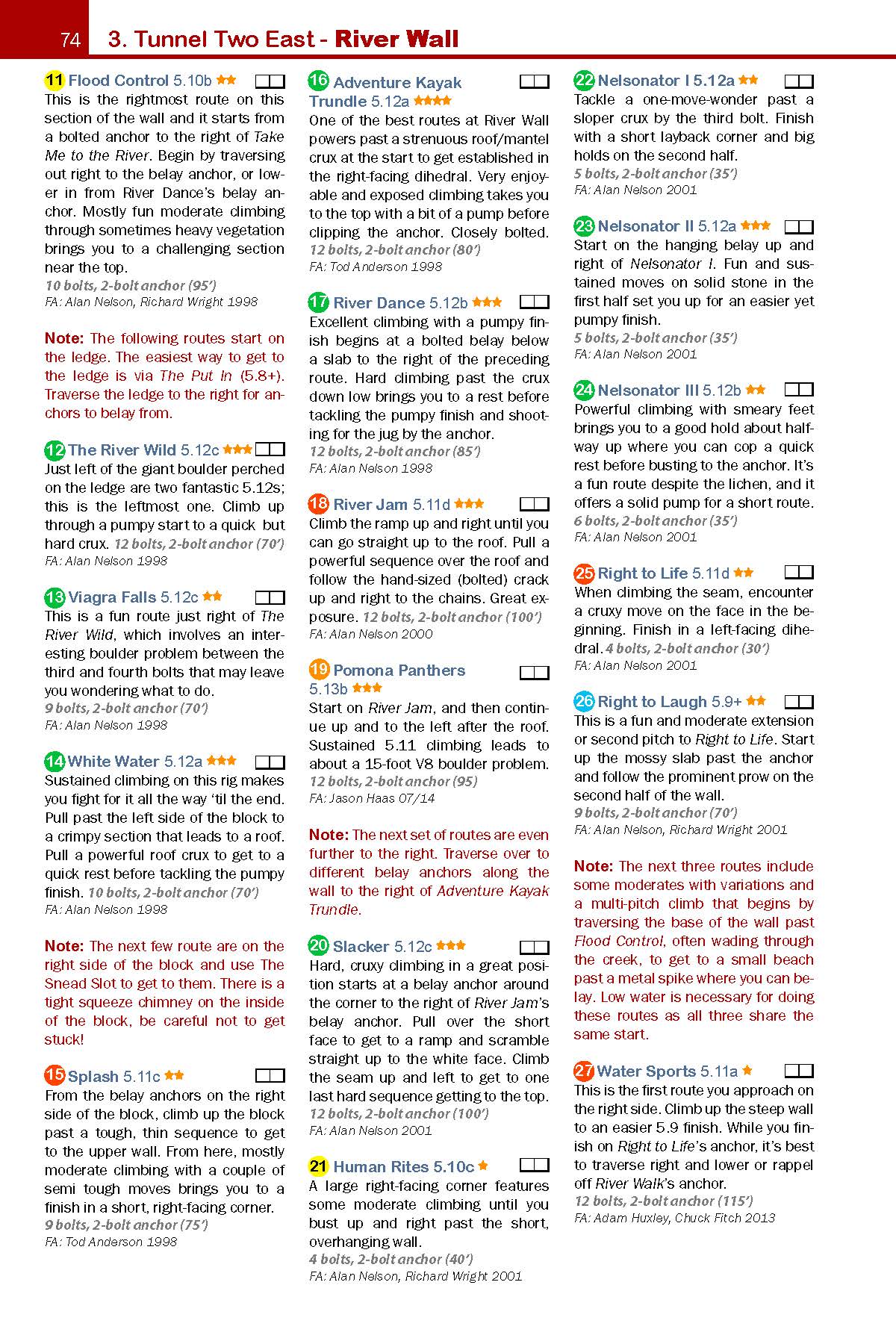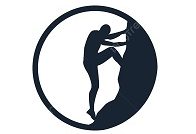Introduction
Bouldering is a thrilling and challenging form of rock climbing that requires strength, technique, and problem-solving skills. One of the most exciting aspects of bouldering is encountering overhangs and cruxes, which are sections of a boulder problem that pose the greatest difficulty. Overhangs are steep sections of rock that require climbers to navigate horizontally or even upside down, while cruxes are the most challenging moves within a problem. In this blog post, we will explore effective strategies and techniques to conquer overhangs and cruxes in bouldering.
Understanding Overhangs and Cruxes
Overhangs and cruxes are challenging aspects of bouldering that require specific techniques and strategies to overcome. An overhang refers to a section of a climbing route where the wall leans away from the climber, making it more difficult to maintain grip and balance. A crux, on the other hand, is the most difficult part of a climbing route, often characterized by a combination of technical moves and physical strength requirements.
Developing Upper Body Strength
One of the key factors in successfully tackling overhangs and cruxes is having sufficient upper body strength. To build this strength, incorporate exercises such as pull-ups, push-ups, and shoulder presses into your training routine. Additionally, consider using a hangboard to target specific finger and forearm muscles that are crucial for gripping and pulling on overhanging holds.
Improving Core Stability
Core stability plays a vital role in maintaining balance and control while navigating overhangs and cruxes. Engage in exercises that target your core muscles, such as planks, Russian twists, and leg raises. A strong core will help you maintain body tension and control your movements on steep terrain.
Perfecting Footwork
Efficient footwork is essential when tackling overhangs and cruxes. Focus on placing your feet precisely on footholds and using them to support your body weight. Practice smearing, edging, and heel hooking techniques to maximize your foot’s grip on the wall. Remember to keep your weight centered over your feet to maintain balance and prevent unnecessary strain on your upper body.
Utilizing Dynamic Movement

Overhangs and cruxes often require dynamic movements to overcome challenging sections. Dynamic movements involve explosive and controlled actions, such as dynos and dynamic reaches. These movements can help you bypass difficult holds or reach distant holds with precision. Practice these techniques in a controlled environment before attempting them on the wall.
Reading the Route
Before attempting an overhang or crux, take the time to analyze the route. Look for potential handholds, footholds, and resting positions.
Summary
In this blog post, we have discussed the thrilling aspects of bouldering, particularly the challenges posed by overhangs and cruxes. Overhangs require climbers to navigate steep sections of rock, often requiring unconventional movements and body positioning. Cruxes, on the other hand, are the most difficult moves within a boulder problem, demanding precise technique and strength. To tackle overhangs and cruxes successfully, climbers can employ various strategies such as proper body positioning, utilizing momentum, and focusing on core strength. By understanding and implementing these techniques, boulderers can enhance their skills and overcome the most demanding sections of a problem. So, get ready to take your bouldering to new heights by mastering overhangs and conquering cruxes!
- Q: How do I tackle overhangs in bouldering?
- A: To tackle overhangs in bouldering, it is important to focus on building upper body strength and improving core stability. Engage your core muscles, use proper footwork, and maintain a steady pace while climbing. Practice hanging exercises and train on steep walls to improve your technique and endurance.
- Q: How can I approach cruxes in bouldering?
- A: When encountering cruxes in bouldering, it is crucial to analyze the problem and identify the most efficient sequence of moves. Take your time to study the holds, plan your foot placements, and visualize the sequence before attempting the crux. Break down the moves into smaller, manageable sections and focus on executing each move with precision and control.

Welcome to my website! My name is Jesse Marion, and I am thrilled to share my passion for trekking, climbing, bouldering, glamorous outdoor experiences, extreme sports, and wilderness survival with you.

